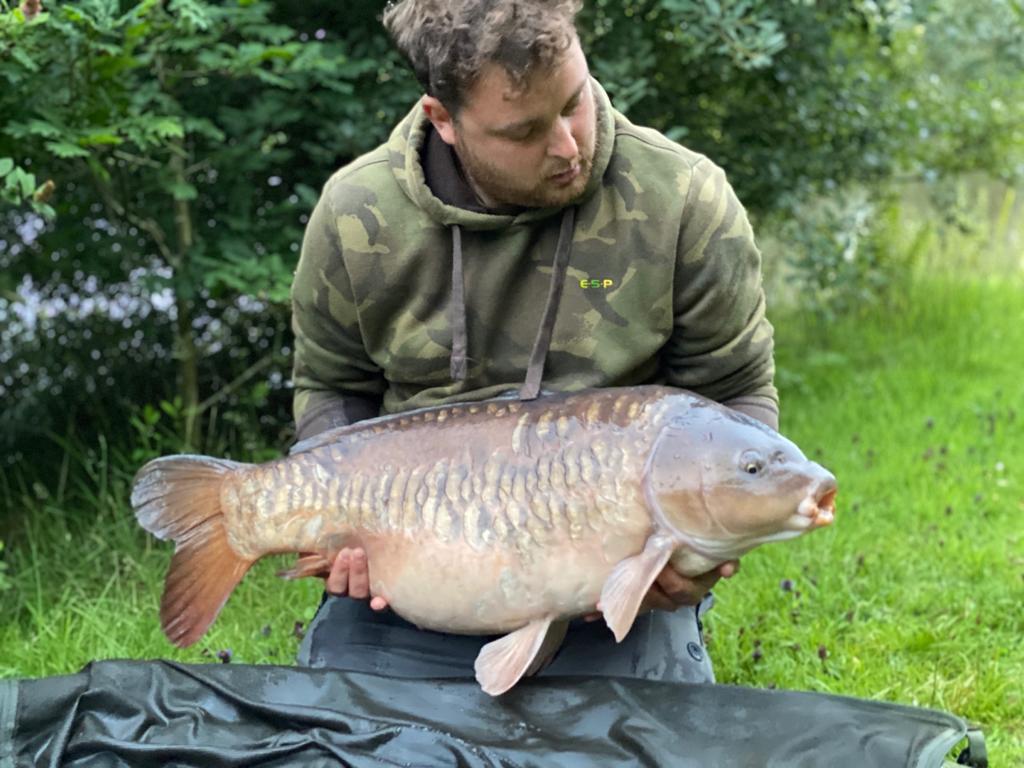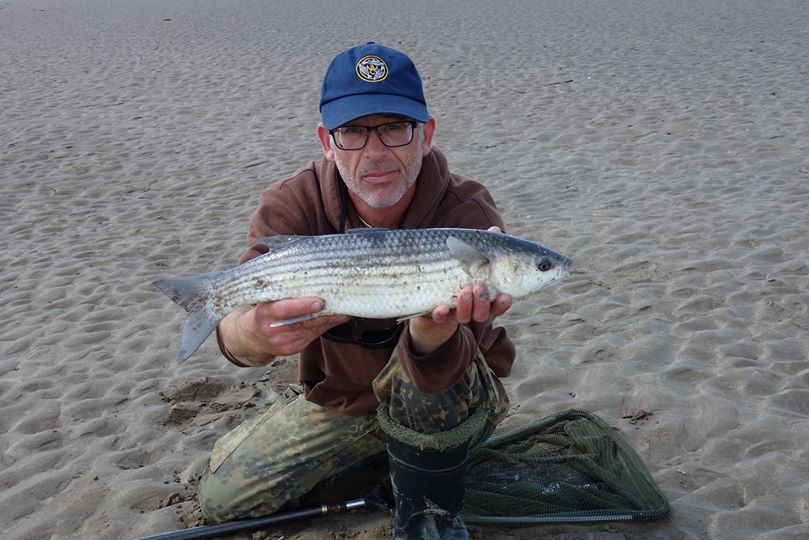
Mullet enthusiast John Shapland tempted this fine thick lipped grey mullet on his latest trip to a North Devon estuary mark. The fish came close to emptying Johns reel of line!
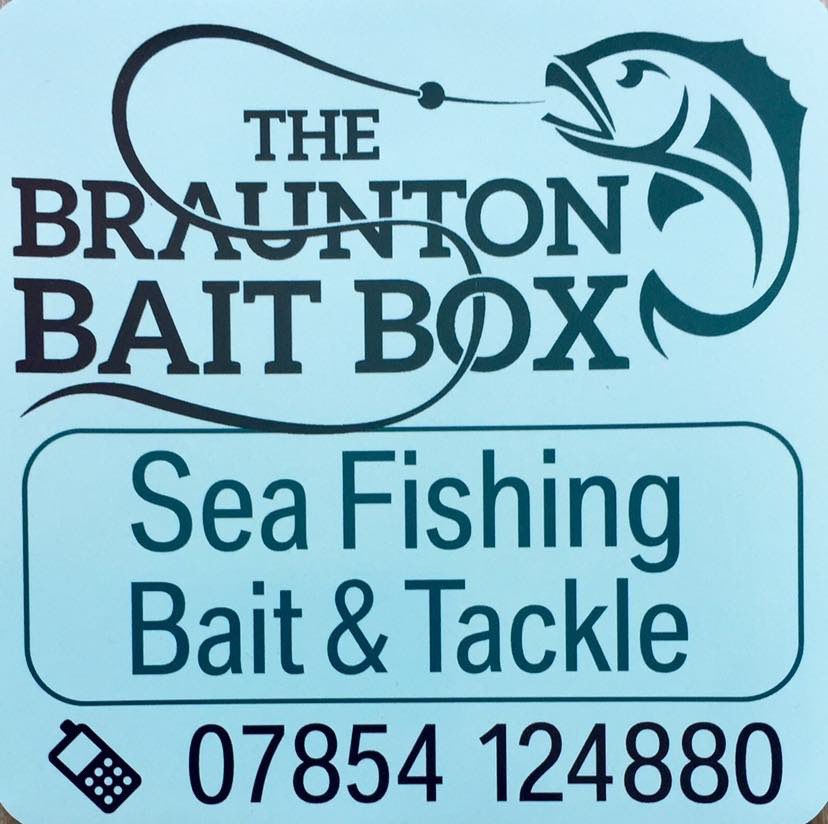 https://www.facebook.com/The-Braunton-Bait-Box-563693007044873
https://www.facebook.com/The-Braunton-Bait-Box-563693007044873

Mullet enthusiast John Shapland tempted this fine thick lipped grey mullet on his latest trip to a North Devon estuary mark. The fish came close to emptying Johns reel of line!
 https://www.facebook.com/The-Braunton-Bait-Box-563693007044873
https://www.facebook.com/The-Braunton-Bait-Box-563693007044873
Bidefords 24 hour results
Andrew Clements landed superb brace of mullet to secure victory in Bideford & District Angling Clubs 24 hour rover.
1st Andrew Clements – thick lipped mullet 5lb 2.25oz 128.516%
2nd Andrew Clements – thick lipped mullet 5lb 0.5oz 127.344%
3rd Nathan Clements – smooth hound 9lb 13 98.125%
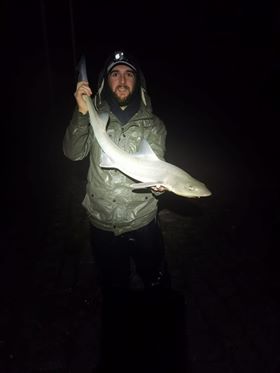
Many thanks to Martin Turner for his regular match reports from both the North Devon Match Group and Bideford Club. Good to see a tight match with small silvers making up the weights instead of bulky carp. Whilst there is undoubtedly more rod bending in the commercial match’s full of carp there is more refined skill in extracting a net of small fish to compile a net.
North Devon Match Group Championship No 7 Darracott Reservoir results:
1st Tom Downing 9lb 6oz
2nd Mark Richards 8lb 2oz
3rd John Forster 7lb 12oz
4th Graham Currington 6lb 3oz
5th Graham Colman 5lb 5oz .
12 fished, Warm conditions led to a close match , Tom’s run continues with another victory from the far side with a great net of mainly small rudd taken on a whip, Mark found some better quality roach on the long pole for second place, John led the way for those who elected to concentrate on the feeder, his 3rd spot came to pellets on the first peg over the dam,
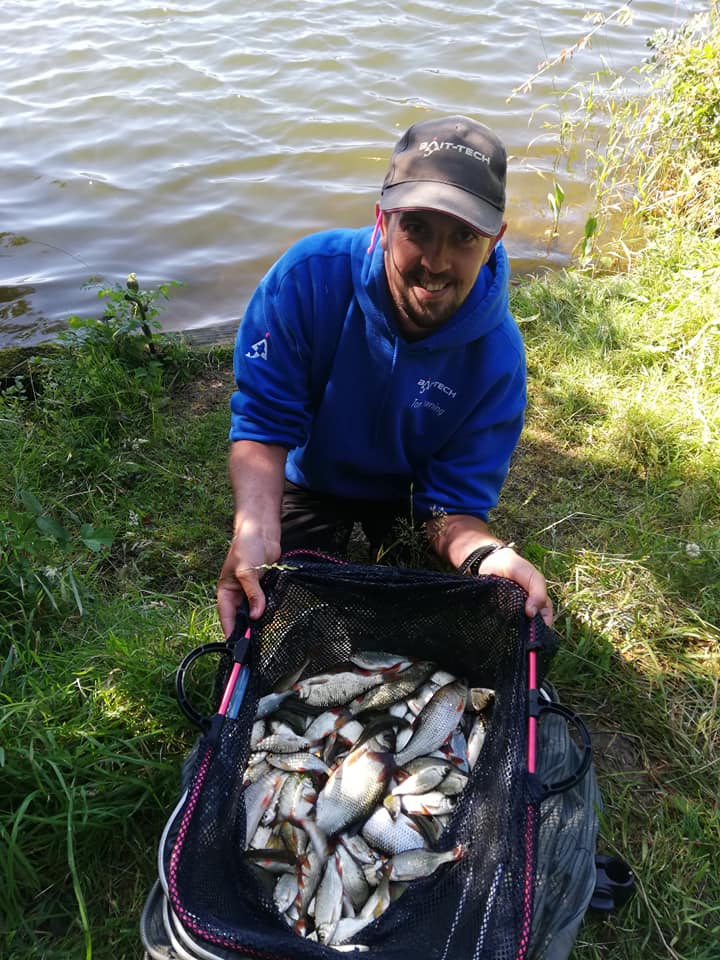
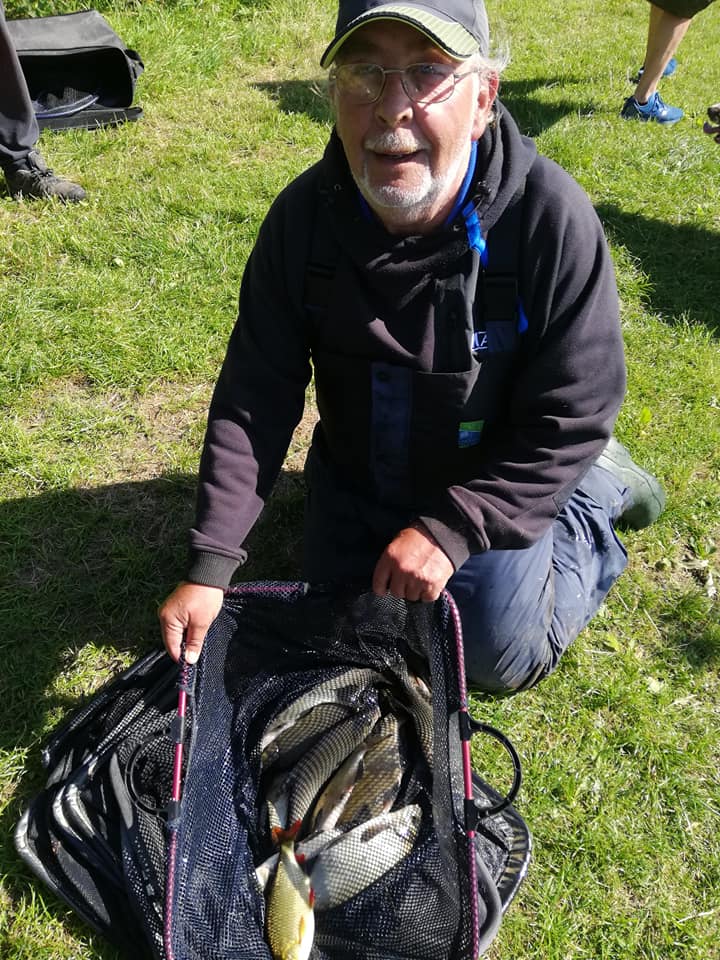
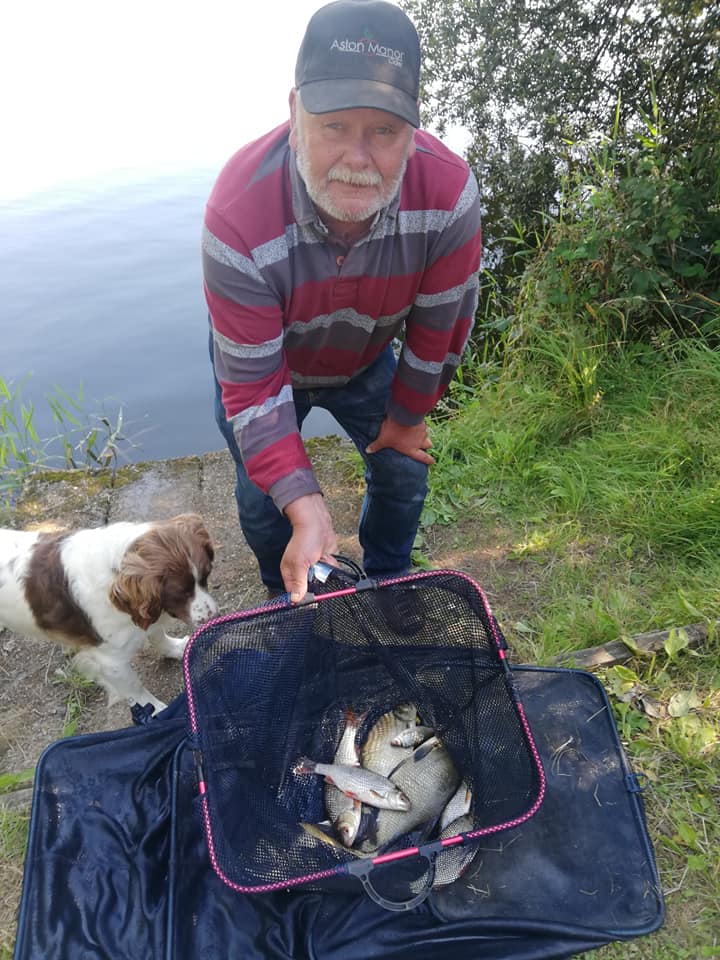
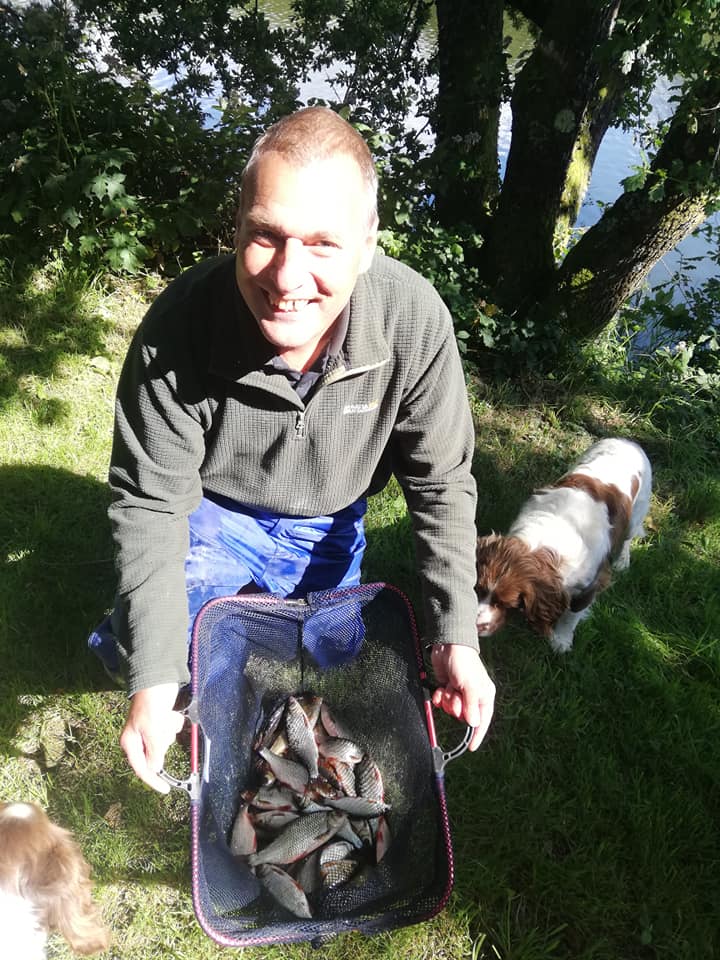
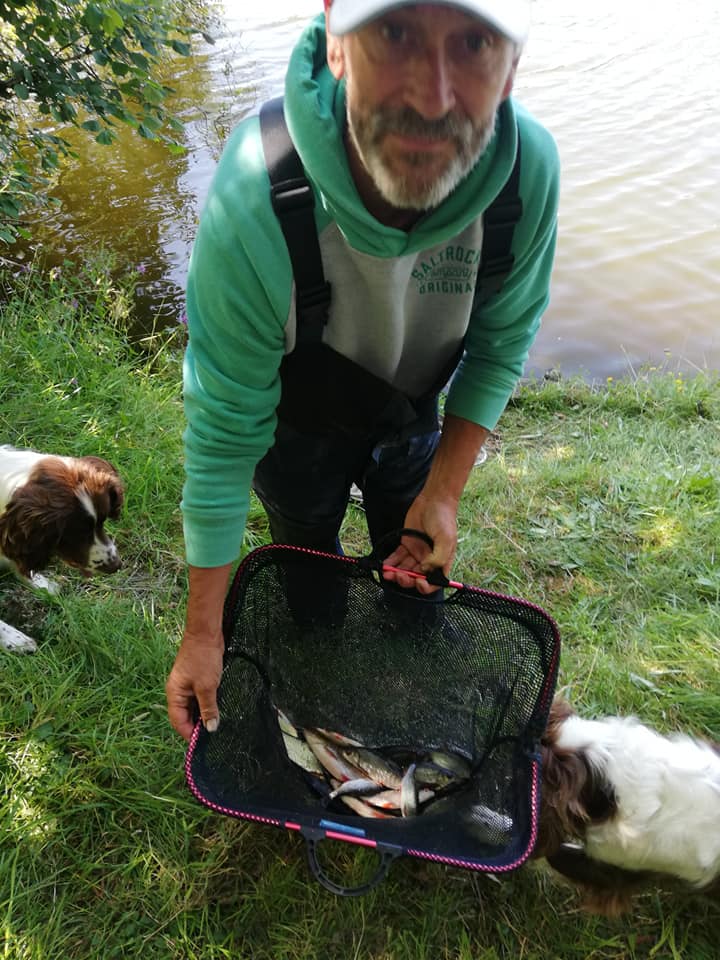
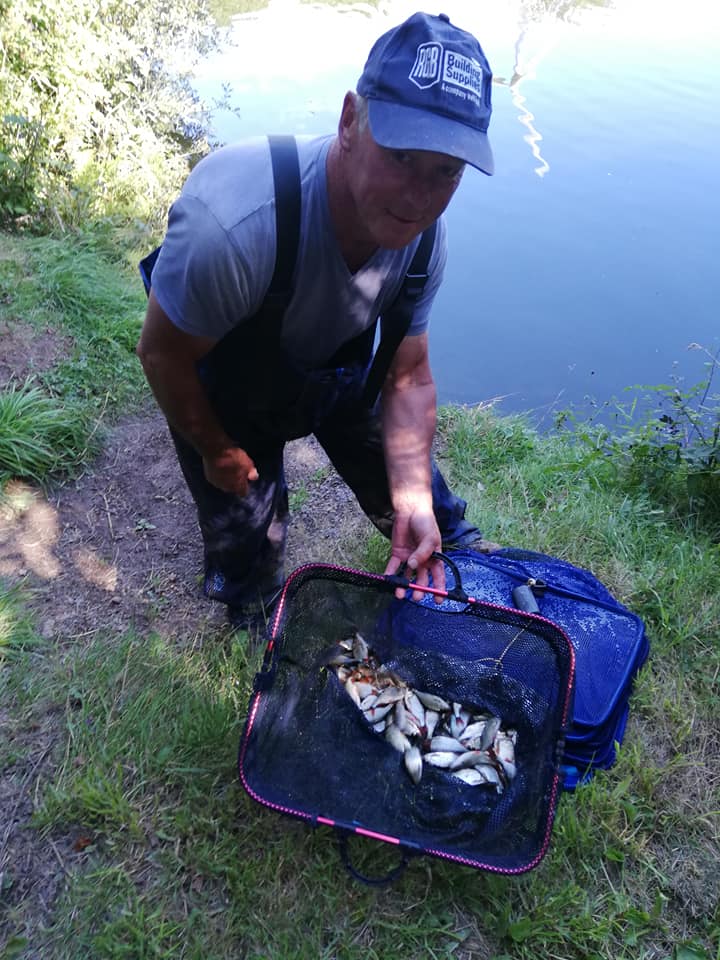
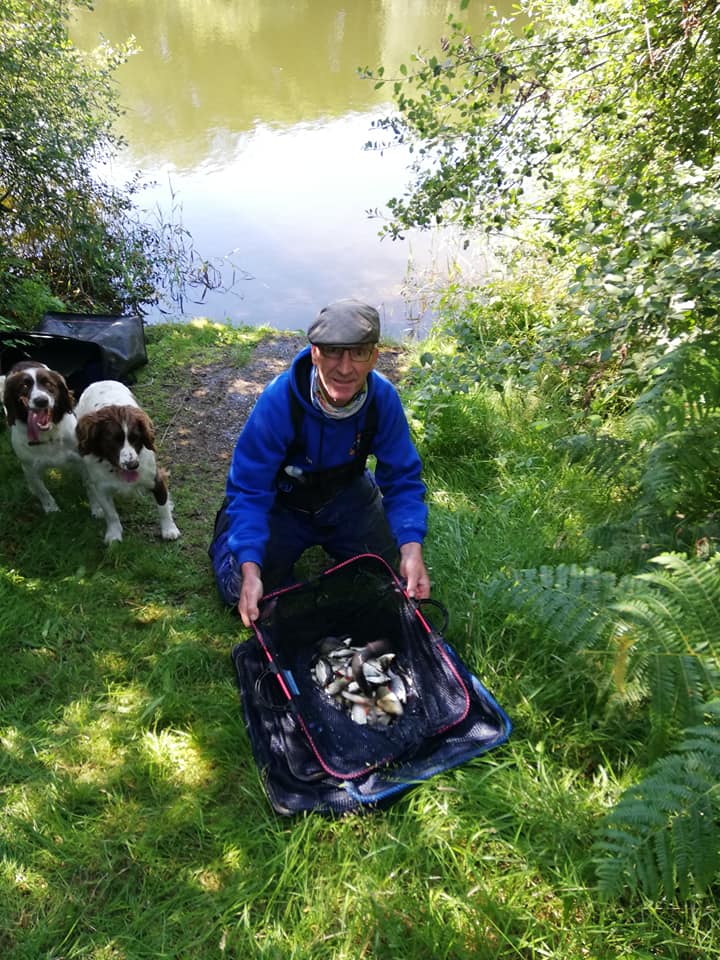
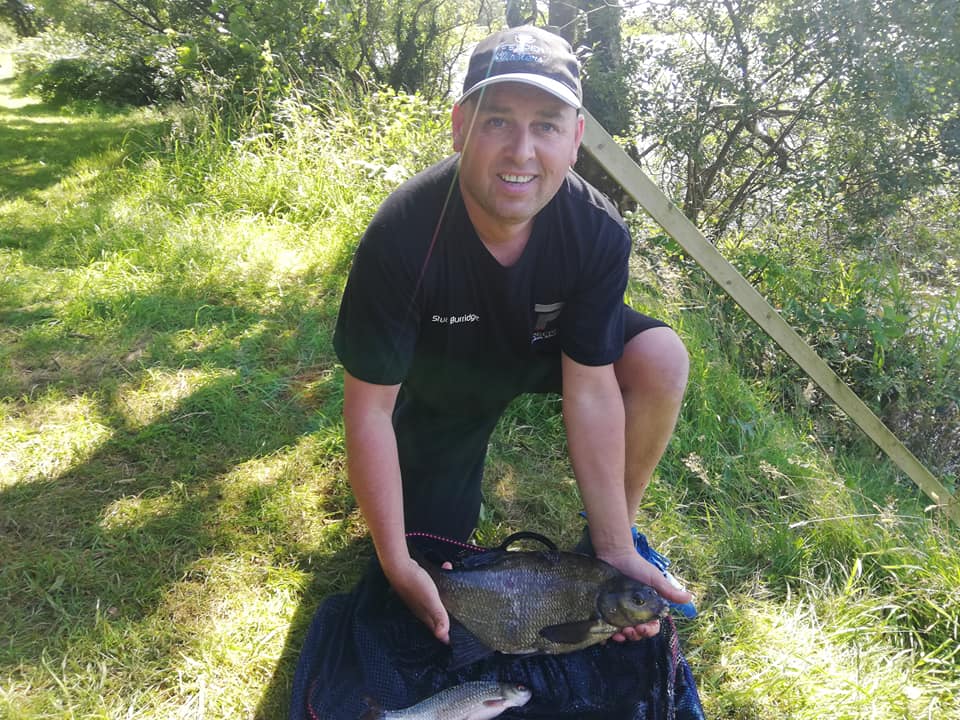
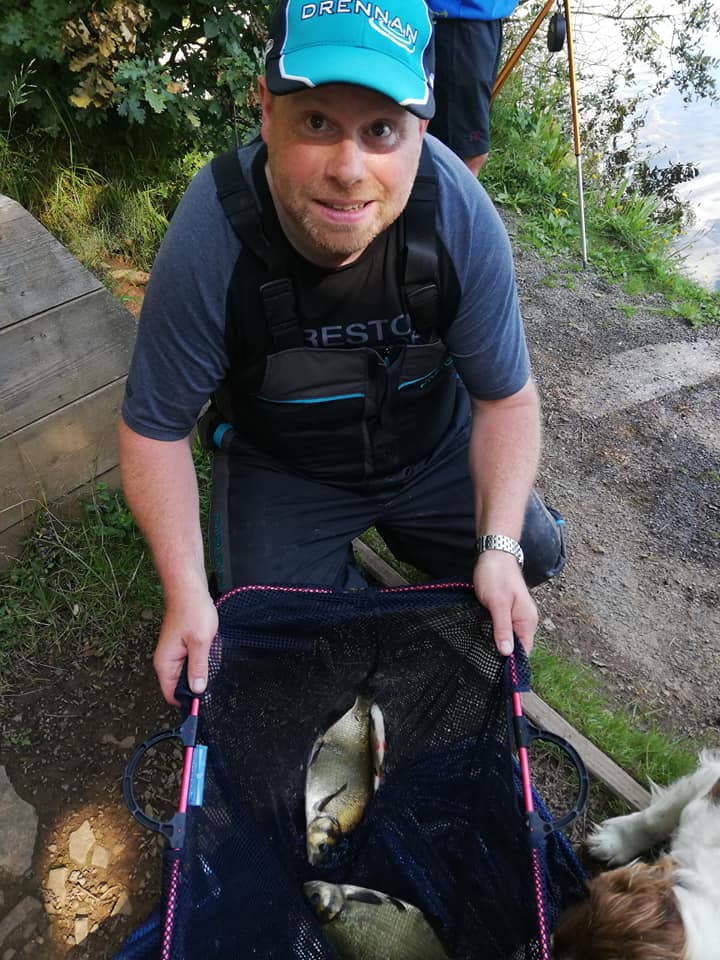
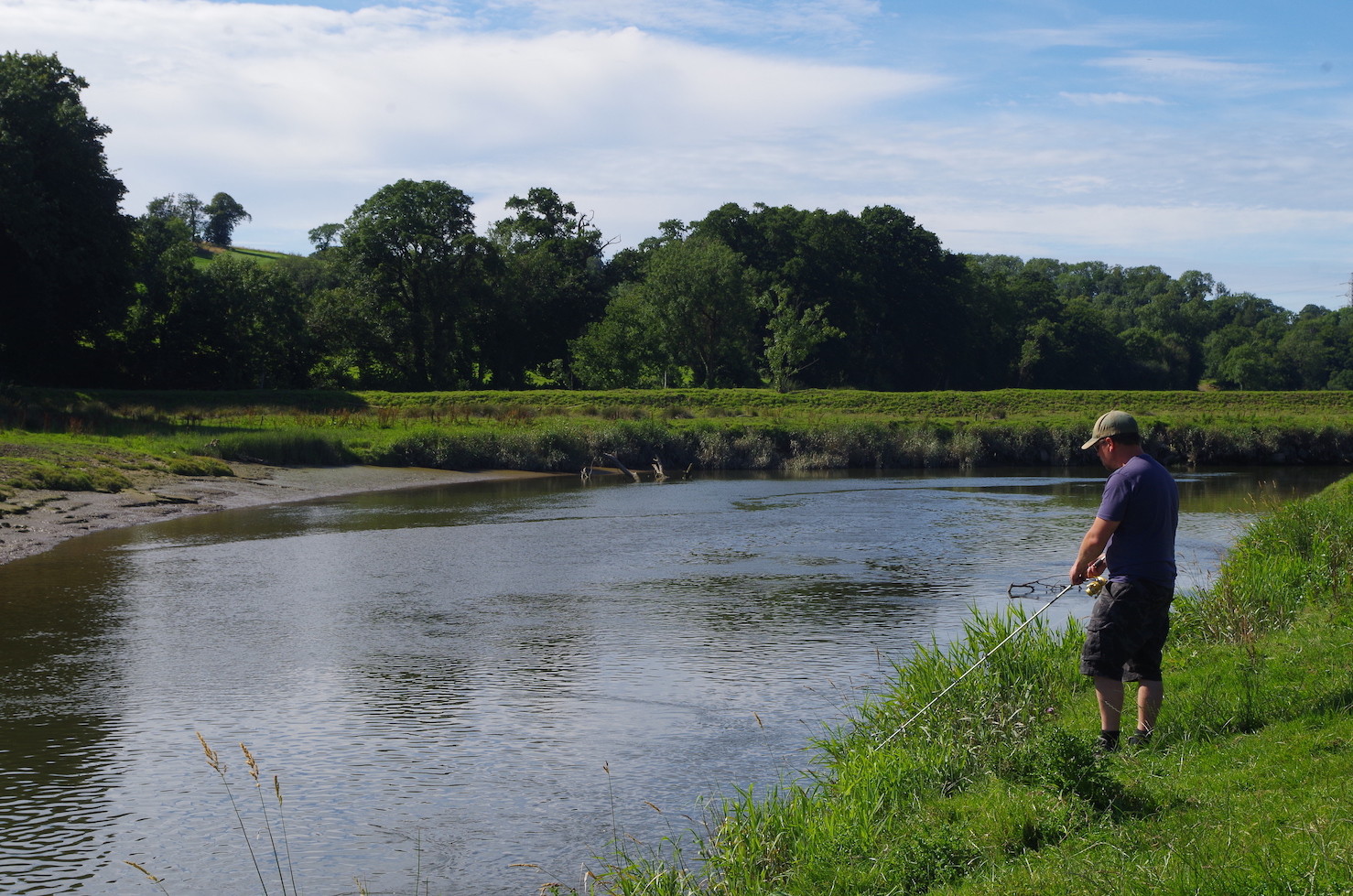
During the writing of my book “ I Caught A Glimpse” recorded the memories of several anglers and one particular place that had a big impact on many anglers lives was the bend at Bishops Tawton. I wrote a piece on this a while back ; https://www.northdevonanglingnews.co.uk/2016/08/27/the-bend/
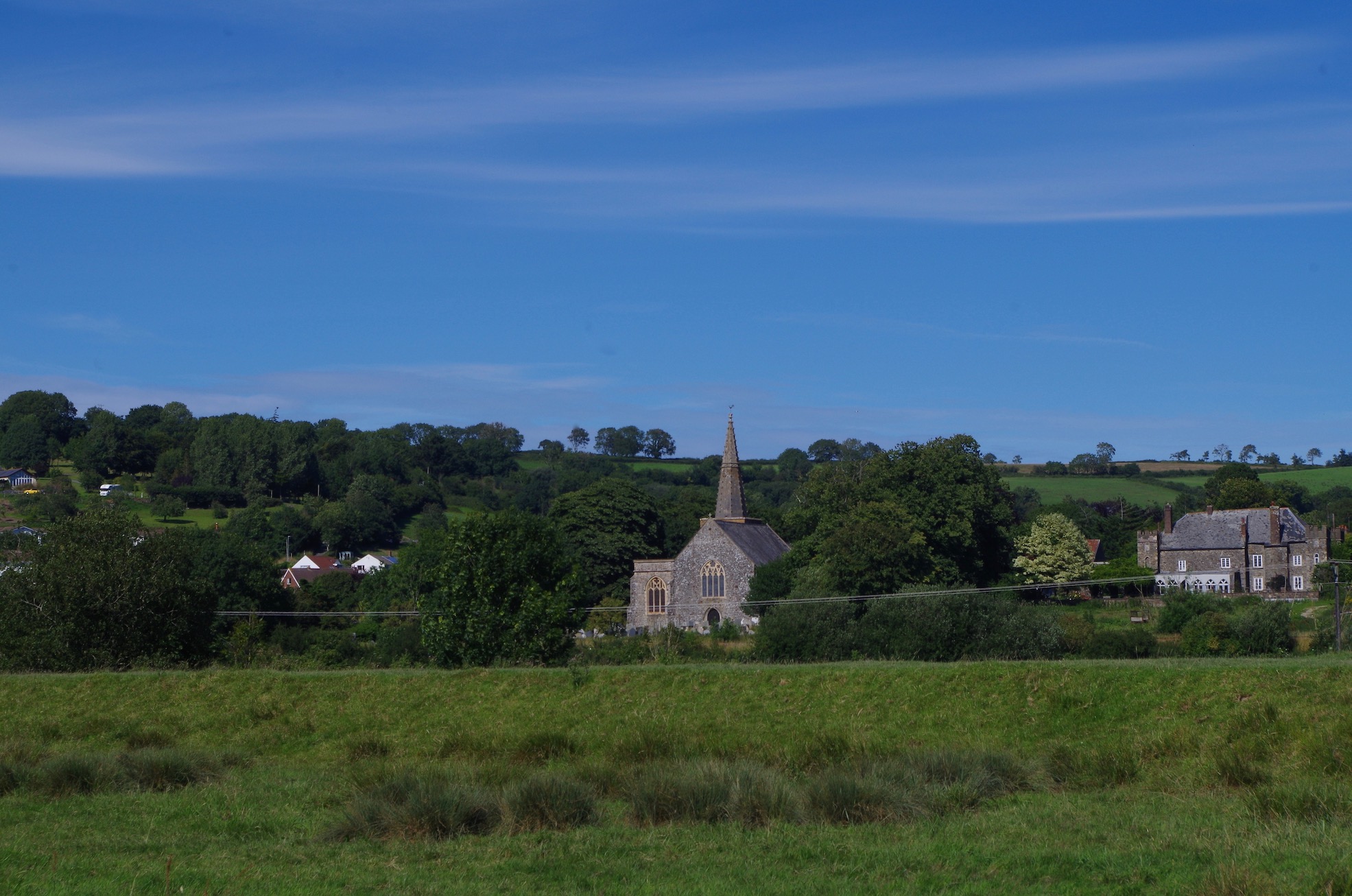
I returned to this location once again with members of the Combe Martin SAC in search of thin lipped grey mullet. On this very pleasant and sunny summers day it was good to cast a line once again into familiar waters. This was the one of the clubs first events since lockdown and only a handful of us were present.
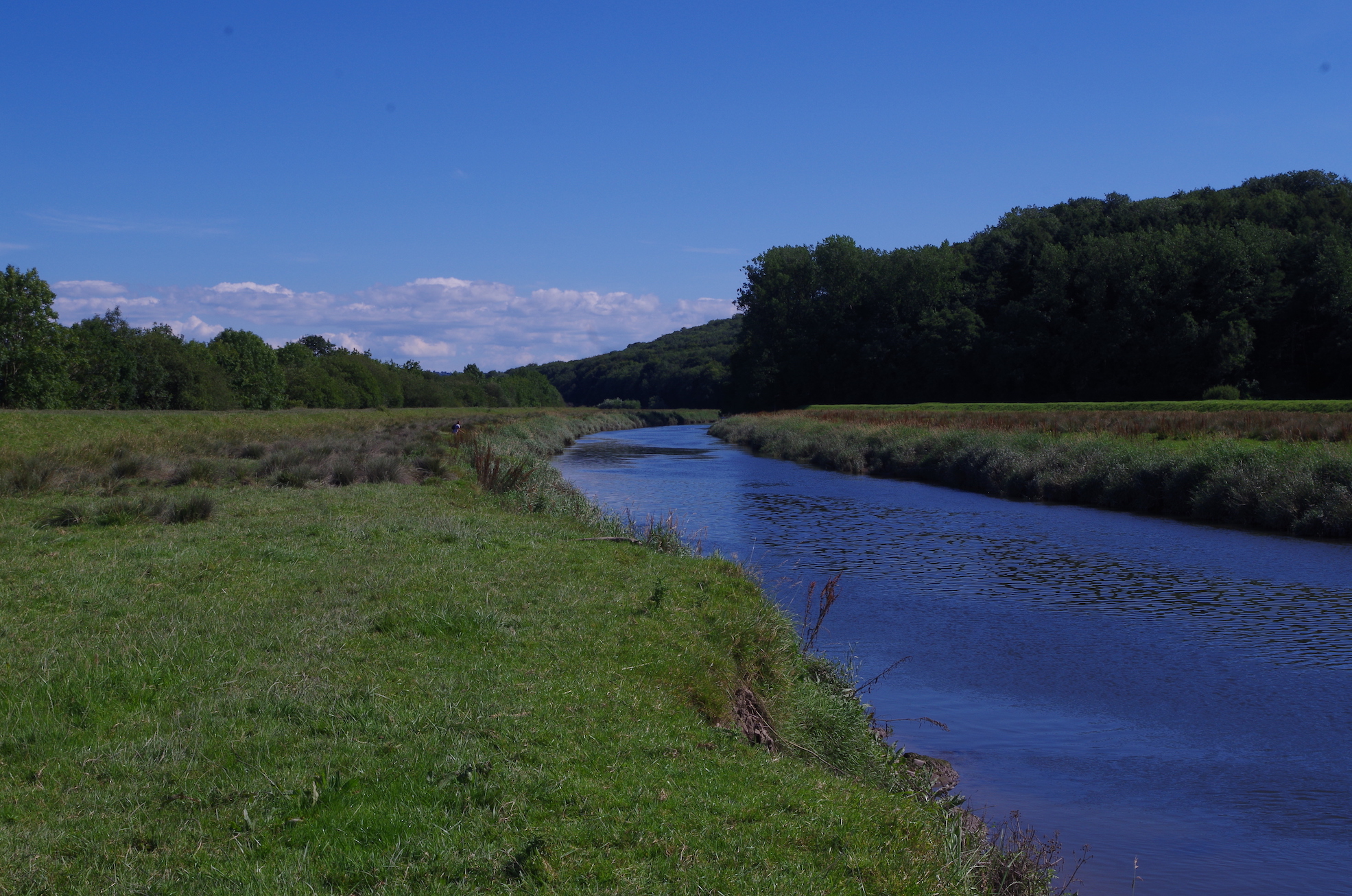
Strangely the entire estuary from Rock Park up past Bishops Tawton seemed devoid of mullet with not a swirl or glimpse to be seen. A couple of small bass succumbed to our baited spinners and solitary flounder. Plenty of mullet had been caught from the estuary back in June but they have disappeared since. Where have they gone? There is no legal netting in the estuary so I can only assume they have migrated elsewhere.
On the big bend I was intrigued to find an angler in a bivvy. It turned out to be an angler who has been fishing the river for several years trying to unlock its secrets and see if those ancestors of those big roach still dwell.
Walking the riverside patch beside Venn Stream to the river there is a sense of timelessness with the gurgling waters and the resting tombstones in the churchyard.
Matt Dart fished Simpson Valleys Mallard Lake and banked a superb mirror carp of 32lb 14oz.